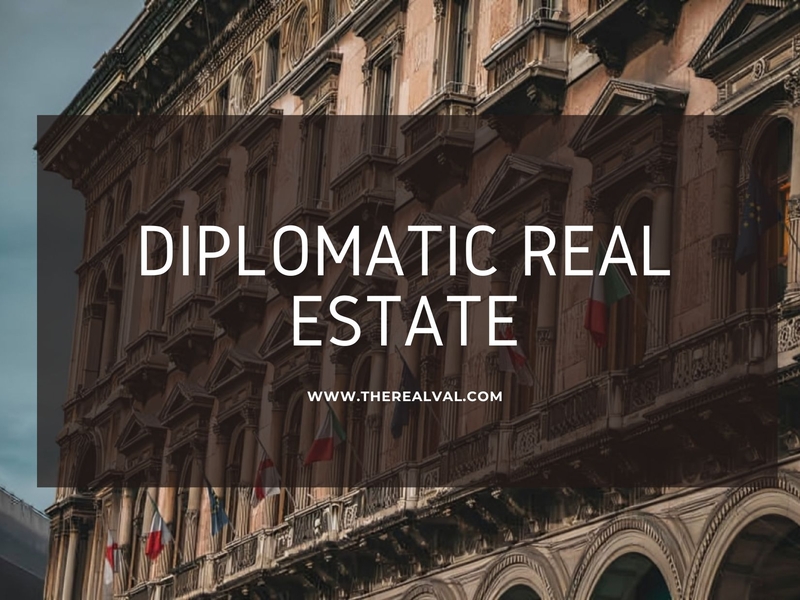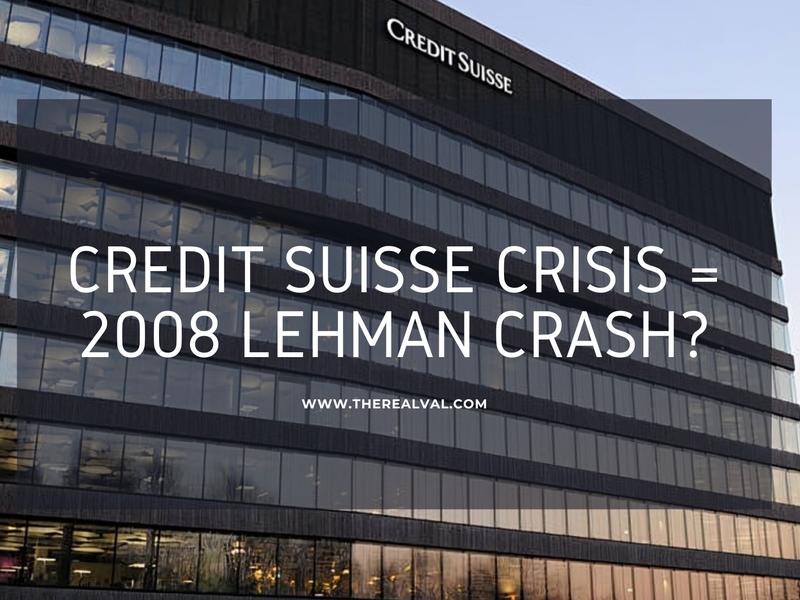Diplomatic real estate is a niche yet influential segment of the global property market, encompassing embassy buildings, ambassadorial residences, consular offices, and international trade centers. These properties serve not only as functional spaces but also as powerful symbols of national identity, political influence, and economic strategy. This article explores the unique characteristics of diplomatic real estate and its critical role in international diplomacy and global trade.
Unique Challenges in Embassy Real Estate-
Embassy properties differ significantly from conventional real estate due to their diplomatic functions and stringent requirements. The process of acquiring or developing these properties comes with several challenges:
- Complex Decision-Making: Unlike standard real estate transactions, diplomatic property acquisitions involve multiple stakeholders, including ambassadors, foreign ministries, and treasury departments. This multi-tiered approval process can significantly extend acquisition timelines.
- Cultural and Legal Considerations: Embassy real estate must comply with local zoning laws, tax exemptions, and cultural preferences. For example, in Washington, D.C., real estate agents specializing in diplomatic properties assist embassies in coordinating with the U.S. State Department for parking permits and logistical requirements. Additionally, many diplomatic residences benefit from property tax exemptions, adding a layer of complexity to transactions.
- Security and Privacy Priorities: Security is a top priority for diplomatic properties. Key considerations include gated access, state-of-the-art surveillance systems, and proximity to government offices. Many countries also prioritize privacy and outdoor spaces to host official events and receptions.
- Architectural Identity: Embassy architecture serves as a reflection of a nation’s identity and geopolitical stance. Over time, embassies have transitioned from traditional neoclassical designs to modernist structures that emphasize transparency, security, or cultural heritage. For instance, U.S. embassies constructed post-WWII embraced modernist designs to project progressiveness and innovation.
Housing Developments for Diplomats-
In major diplomatic hubs such as Addis Ababa, which is home to over 130 foreign missions, specialized residential developments cater to diplomats, consular staff, and expatriates. High-end projects like the Elevation Diplomatic Residences prioritize seismic safety, independent power and water supplies, and luxury amenities. These developments not only enhance the city's appeal as a diplomatic center but also address the unique lifestyle and security needs of international residents.
Diplomatic real estate is more than just property, it is a strategic asset that shapes global diplomacy and trade. As international relations evolve, so too will the design, security, and functionality of these unique properties.
World Trade Centers: Bridging Real Estate and Global Commerce-
World Trade Centers (WTCs) represent a dynamic extension of diplomatic real estate, merging physical infrastructure with international trade services. These centers function as vital hubs for global business, offering strategic advantages such as:
- Economic Growth: WTCs attract multinational corporations, stimulate regional trade, and drive local economies by increasing airport traffic, hotel occupancy, and business activity.
- Premium Real Estate Value: Properties designated as WTCs command higher rental rates due to their exclusivity, cutting-edge technology integration, and proximity to global trade organizations.
- Community and Economic Impact: Beyond commerce, WTCs serve as focal points for international trade, reinforcing global connectivity while contributing to the local economic landscape.
Key Trends in Diplomatic Real Estate-
- Sustainability: Modern diplomatic properties prioritize eco-friendly designs, energy efficiency, and climate resilience, aligning with global sustainability initiatives.
- Technological Advancements: Embassies and WTCs are integrating advanced security systems, smart building technologies, and high-speed telecommunications to enhance functionality and safety.
- Strategic Location Selection: Cities like Washington D.C., Addis Ababa, Brussels, and Geneva continue to be prime diplomatic real estate markets due to their geopolitical significance and international presence.
- Long-Term Investment Strategy: Diplomatic real estate is not just a functional necessity—it’s a strategic investment that enhances a country’s soft power while ensuring long-term economic and diplomatic benefits.
Diplomatic real estate extends beyond traditional property ownership—it is a powerful instrument for strengthening international relations, projecting national identity, and facilitating global trade. Whether through embassy buildings symbolizing sovereignty or World Trade Centers driving economic expansion, this sector plays a crucial role in shaping diplomacy and commerce worldwide.
By recognizing the challenges and opportunities within this niche market, governments, investors, and developers can strategically position themselves to maximize both economic returns and diplomatic influence.
Trending





